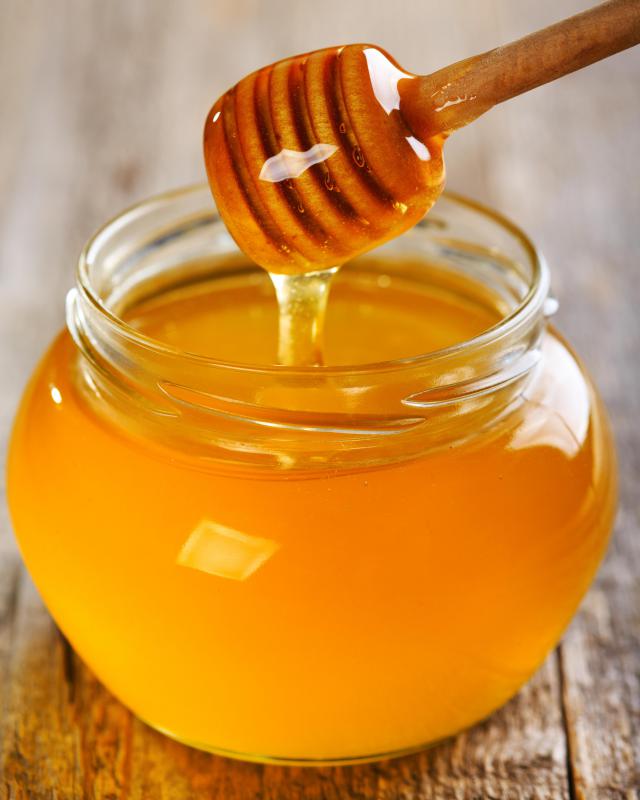At WiseGEEK, we're committed to delivering accurate, trustworthy information. Our expert-authored content is rigorously fact-checked and sourced from credible authorities. Discover how we uphold the highest standards in providing you with reliable knowledge.
What is Baccharis?
Baccharis is a genus of flowering trees and shrubs native to the Americas. The precise number of species in this genus is a topic of debate, but is known to be in the hundreds. Outside the Americas, Baccharis can become invasive and gardeners in regions like Australia are encouraged to refrain from cultivating these plants to avoid crowding out fragile native species. Like other invasive plants, these trees and shrubs can spread via wind dispersal and because they grow quickly, they can outcompete native plants for resources.
These plants belong to the aster family, Asteraceae. They are dioecious, with separate male and female plants. The name is a reference to the Greek god of wine, Bacchus, although Baccharis species are not used in the production of wines or other intoxicants. The range of this genus is quite large and the plants can be found in a variety of climates and environments, from the scrubby chaparral of California to woodlands along the eastern coast of North America.

Physically, these plants are variable in appearance. The leaves are borne alternately on the branches and can be ovate to lobed, depending on the species. The flowers are small and white to yellow in color, with a puffy or fluffy appearance, appearing in the late summer and fall. Butterflies and bees are attracted to a number of Baccharis species. Some honey-producing bees feed heavily on these plants and produce a mildly flavored honey, while butterflies use the leaves and nectar as a source of food.
Some example species in this genus include B. pilularis, known as coyote brush and native to the west coast of the United States, along with B. halimifolia, found in the southeastern United States. This species is known as groundsel bush. Many species in this genus produce large numbers of terpenes and have historically been used by Native Americans in the production of traditional medicines.
Members of this genus are not wildly popular for cultivation. Baccharis species tend not to be very attractive and gardeners working with native species usually have a range of options to choose from. Some gardeners do establish them to use as windbreaks and privacy hedges, however, because they grow quickly and can be trained to grow into each other to create a dense network of impassible branches. Gardeners in the Americas considering establishing a Baccharis may be able to find native species at a garden supply store or nursery. Collecting wild plants is not recommended, as some native species are endangered or threatened and may be disrupted by transplanting.
AS FEATURED ON:
AS FEATURED ON:











Discuss this Article
Post your comments